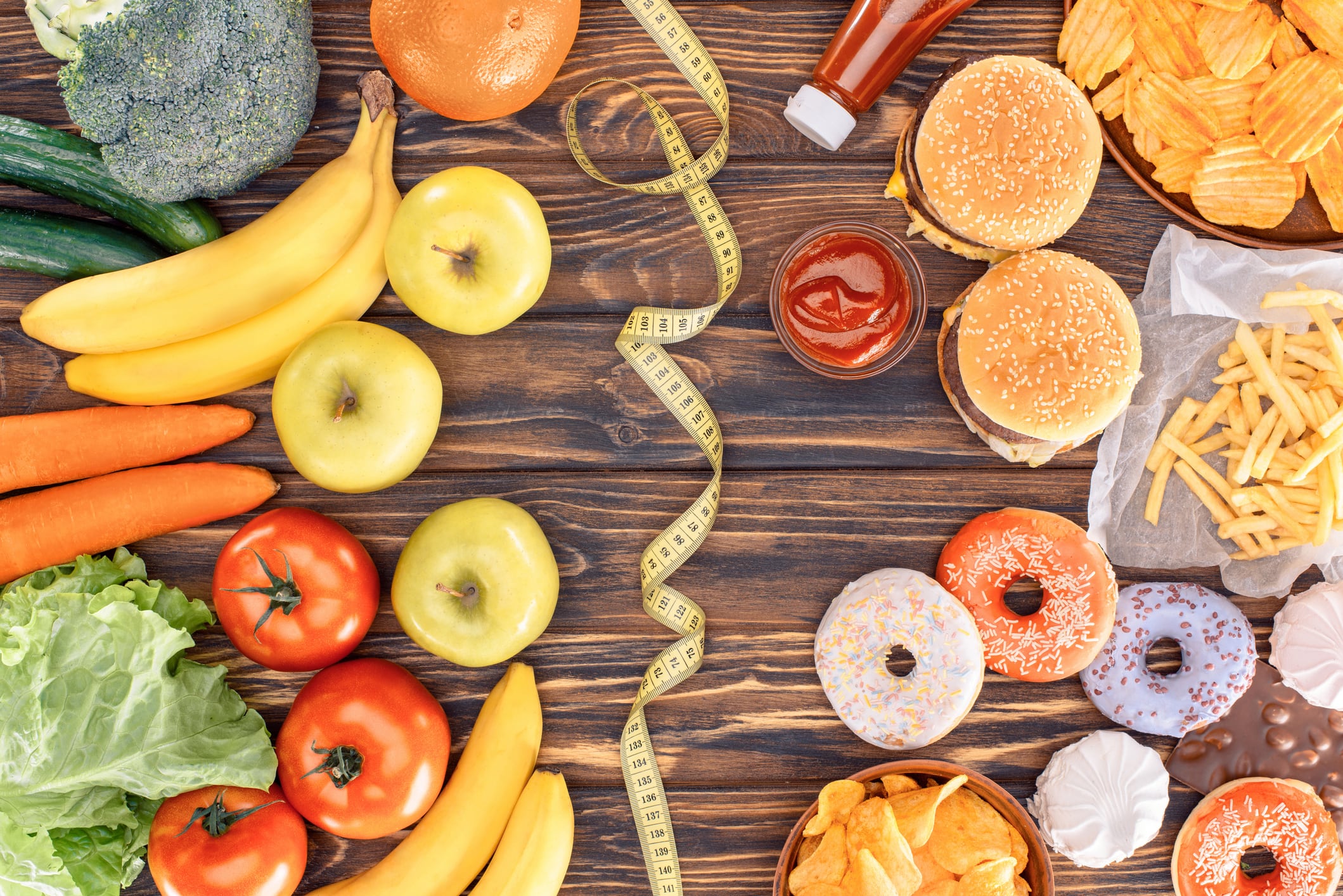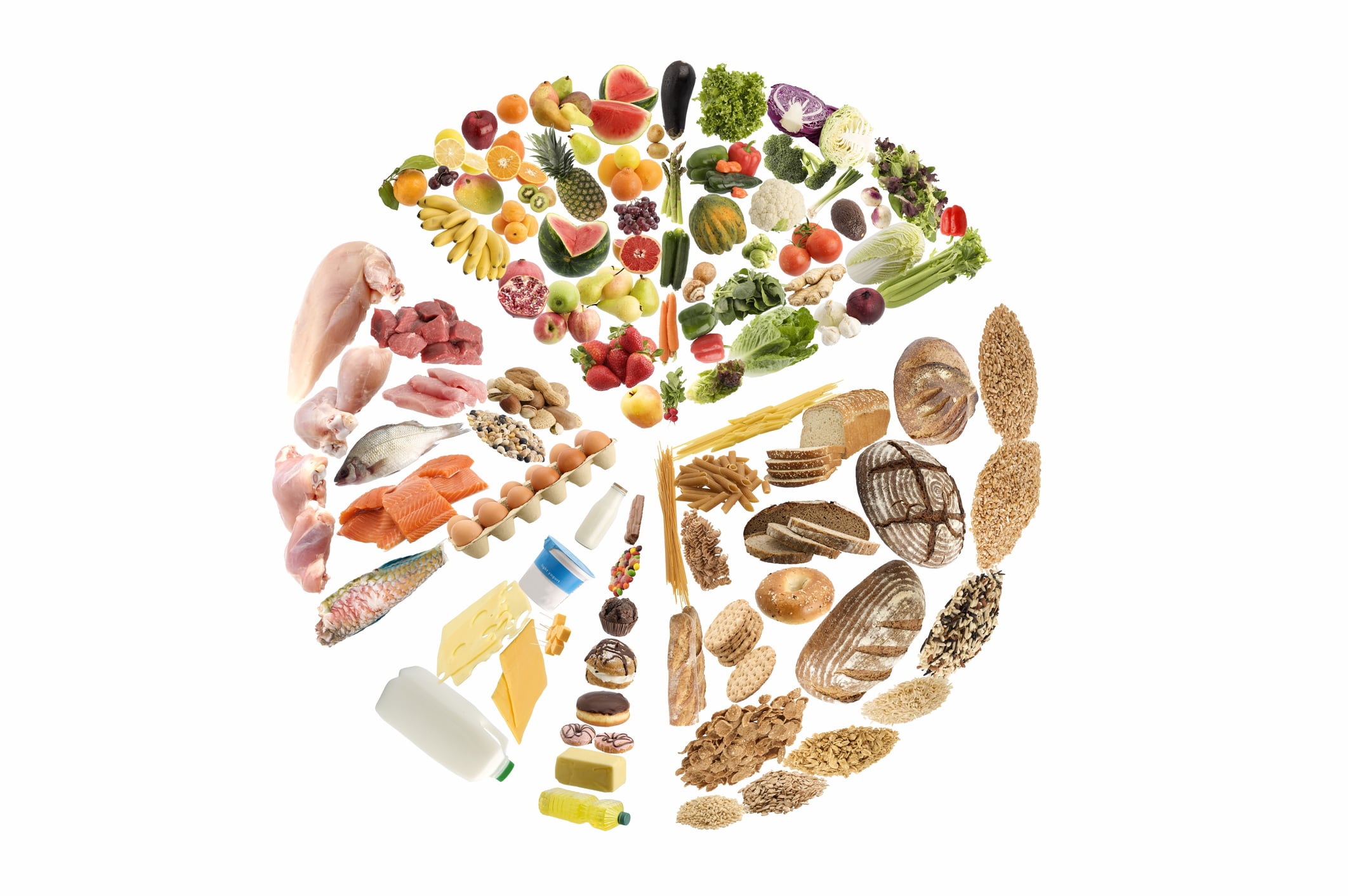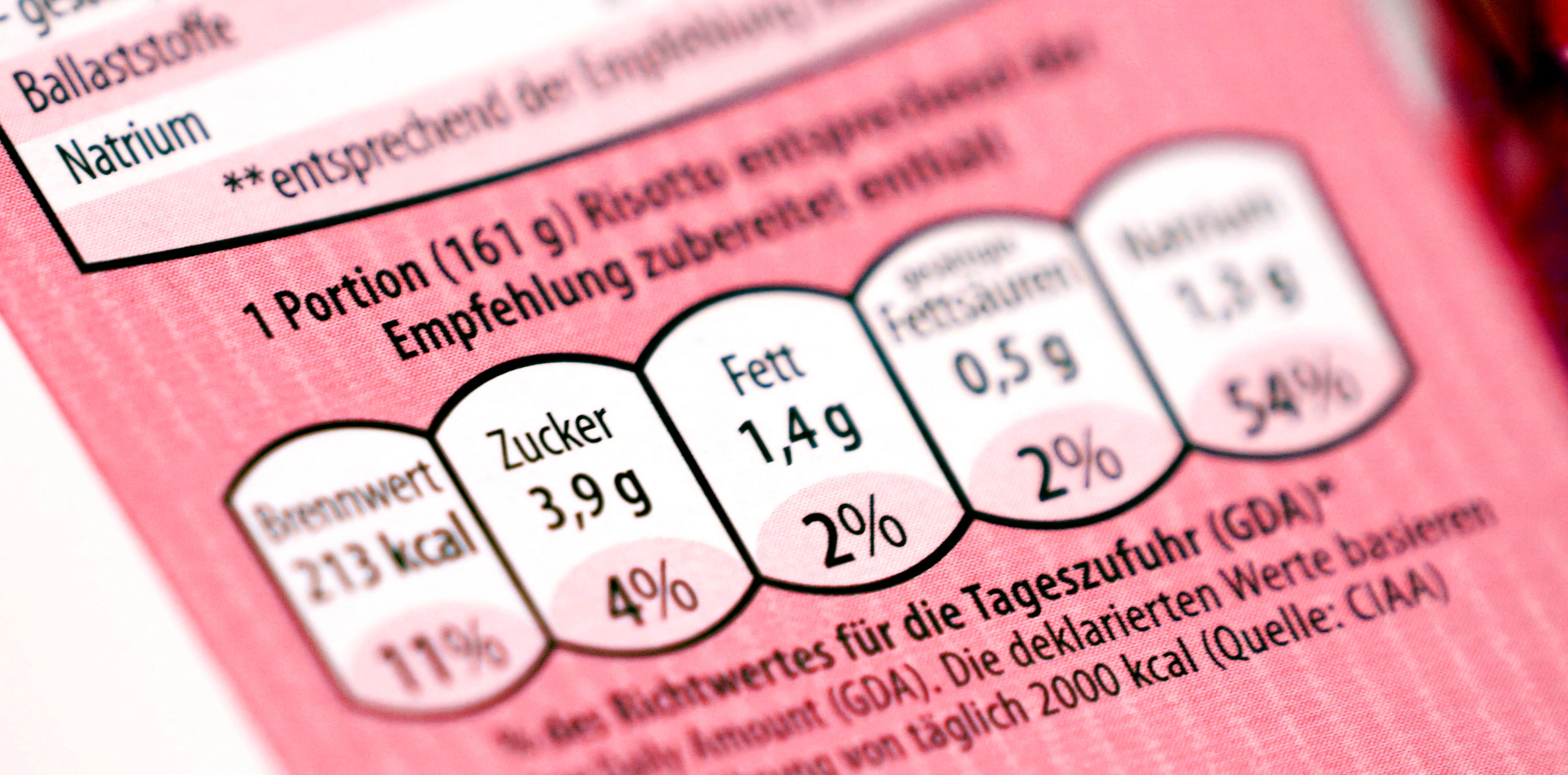The researchers are part of a task force established by the International Union of Food Science and Technology (IUFoST).
The IUFoST task force was formed to develop a more scientific approach to assessing how food processing affects nutritional value and health, and to propose refinements to the NOVA system to address ongoing confusion and criticism.
This is outlined by Lilia Ahrné et al in Defining the role of processing in food classification systems – the IUFoST formulation & processing approach in Nature Partner Journals’ Science of food.
What is NOVA?
The NOVA system is a food classification framework that groups foods based on the extent and purpose of processing, rather than their nutrient content. It divides foods into four categories:
- Unprocessed or minimally processed foods – e.g. fresh fruits, vegetables, grains.
- Processed culinary ingredients – e.g. oils, sugar, salt.
- Processed foods – e.g. canned vegetables, cheeses, freshly baked bread.
- Ultra-processed foods (UPFs) – e.g. packaged snacks, sugary drinks, instant noodles, typically containing additives, flavorings, and industrial ingredients not commonly used in home cooking.
NOVA links high consumption of UPFs to obesity and other non-communicable diseases, but has been criticised for oversimplifying food processing and lacking quantitative criteria.
Main criticisms of NOVA
The task force identified 10 key issues with the NOVA classification system, especially:
- Confusion between formulation and processing, and
- Lack of quantification of processing levels.
Other criticisms include: weak scientific grounding, conflicting dietary advice, inadequacy for developing countries, and misrepresentation of processing as inherently negative.
“The NOVA concept of Ultra-Processed Food (UPF) has expanded globally. It is used by the general public although the definition or meaning of the phrase as used is not always clear, nor are the criteria for identification of foods included in the “ultra-processed” category explicitly or quantitatively defined,” said researchers.
The task force therefore analysed the NOVA classification system and used it as a template to suggest improvements “based on scientific rigour and analysis”.
To address this, the task force proposed a new approach that separately measures formulation and processing to better assess their effects on nutrition.
There are two key goals of this scheme.
(A) To address the current confusion between formulation and processing and thereby offer assistance to improve and refine the controversial NOVA classification system, and
(B) to explore the potential for considering other relevant essential food attributes, such as (a) safety, (b) sustainability, (c) palatability, (d) affordability, and (e) convenience in food product classification.
Recommendations for NOVA refinement
Confusion of formulation and processing
The key issues under this section include discrepancy between nature of classification parameters and the designation of classes; vague and over-inclusive definition of UPF; and no clear focus on nutrition value, such as for specific “UPF-ingredients”.
The suggestions for improvement are to clearly define and distinguish between a food’s formulation (what goes into it) and its processing (how it’s made).
To enable better analysis, the task force is proposing the following definitions:
They define formulation as the careful selection of ingredient amounts, and processing as the treatment methods used to achieve specific product qualities.
This will lead to measurable parameters for both formulation and processing, so their individual and combined impact on nutrition can be more accurately assessed.
Secondly, NOVA guidelines should prioritise the food’s nutritional value as the main focus when applying these definitions.
The task force also recommends assessing how formulation and processing influence taste and fullness, considering factors like texture, moisture, and air content.
No clear way to measure the degree of formulation or processing of food
Researchers pointed out that NOVA relies only on general descriptions, without setting measurable limits or levels for formulation and processing.
They are therefore recommending a system to quantify how much formulation and processing a food has undergone. One way is to quantify the change in terms of Nutrient Rich Food (NRF) Index – a method for measuring the nutrient density of foods, which can help individuals make healthier food choices.
They also propose examining how food behaves during digestion, including texture and flow in the gut.
Weak evidence base
NOVA links ultra-processed foods to obesity and chronic diseases, often citing palatability as a factor that may drive overeating. However, researchers from the IUFoST task force argue that these associations are largely based on observational studies, which do not adequately control for other contributing factors such as lifestyle, socioeconomic status, or genetics.
They also flagged the risk of misclassifying foods as ultra-processed based on a single ingredient, even if the overall product is not necessarily unhealthy.
To build more reliable links between food categories and health outcomes, the task force recommends using quantified formulation and processing data, along with nutritional value and – looking ahead – indicators like how filling a food is (satiation kinetics).
The researchers advocate for further R&D collaboration among food scientists, engineers, and nutritionists to refine and validate these approaches.
Going forward
With a significant portion of the world population suffering from malnutrition, the role of processed foods is critical, as these foods often provide a practical means to deliver nutrient-dense options at scale.
The shortcomings of the NOVA classification system could potentially hamper such efforts.
“The provision of nutrient-dense foods in such populations is only possible by the inclusion of processed foods.
“This highlights the need to clearly define the concept of processing and formulation, as the NOVA system has introduced ambiguities that have led to confusion among many who have attempted to apply it or even caused rejection of the inclusion of processed foods in meeting the nutritional needs of a healthy population,” warned researchers.





